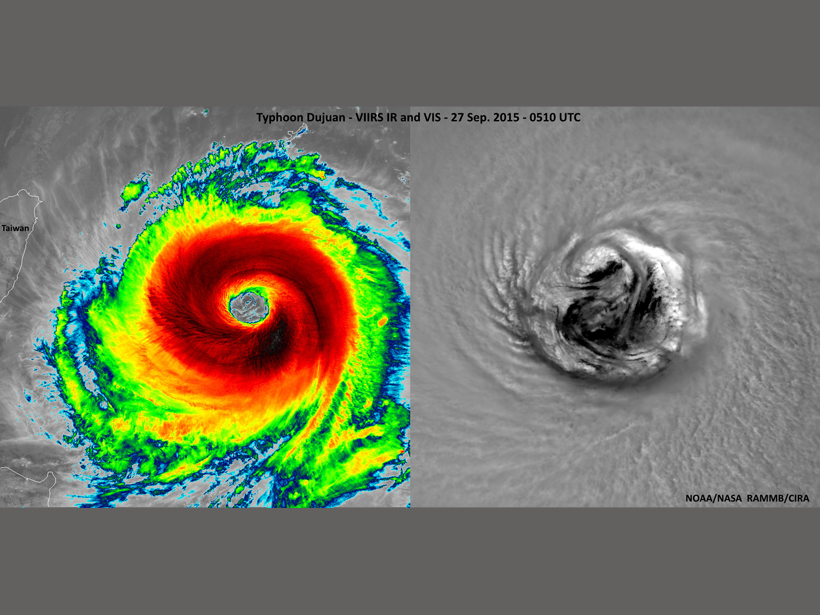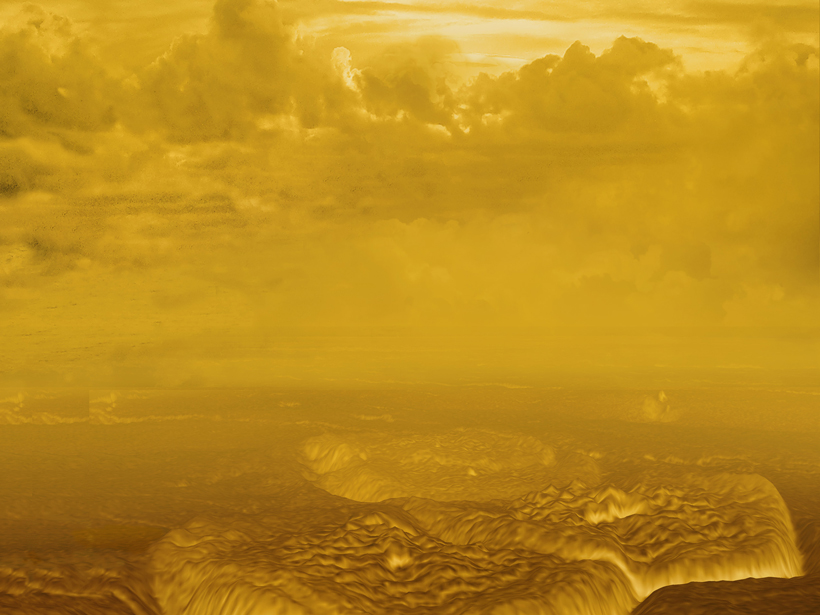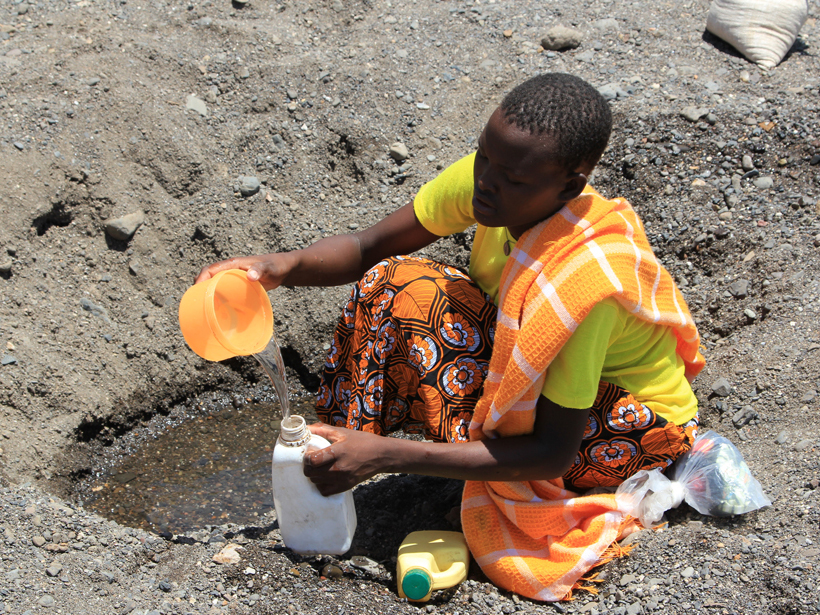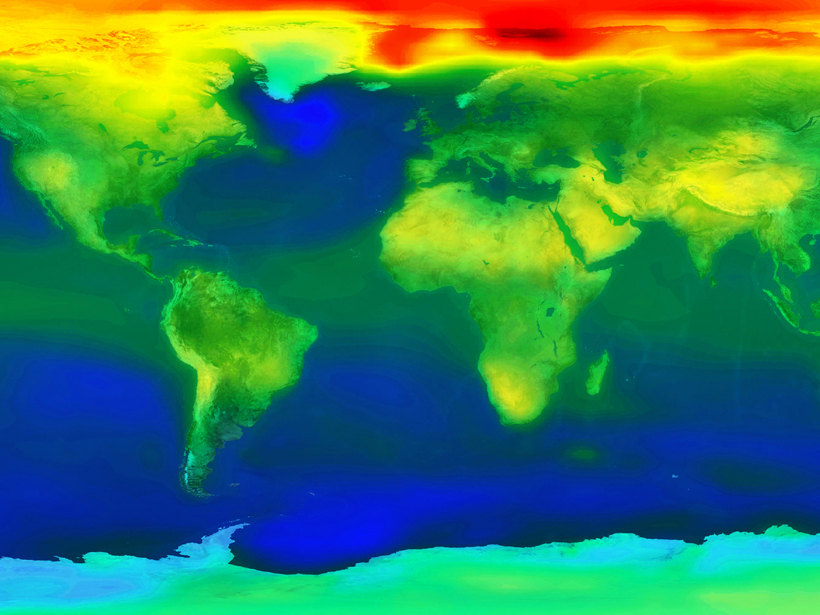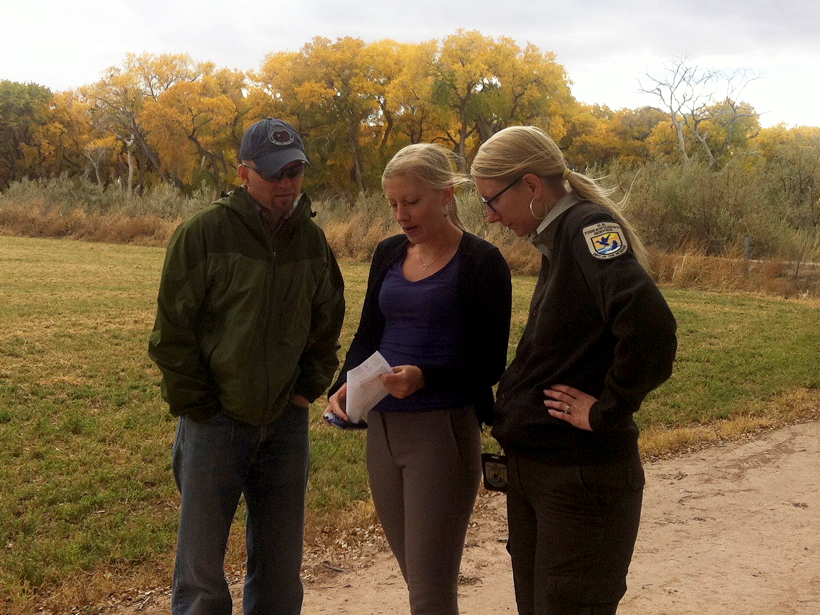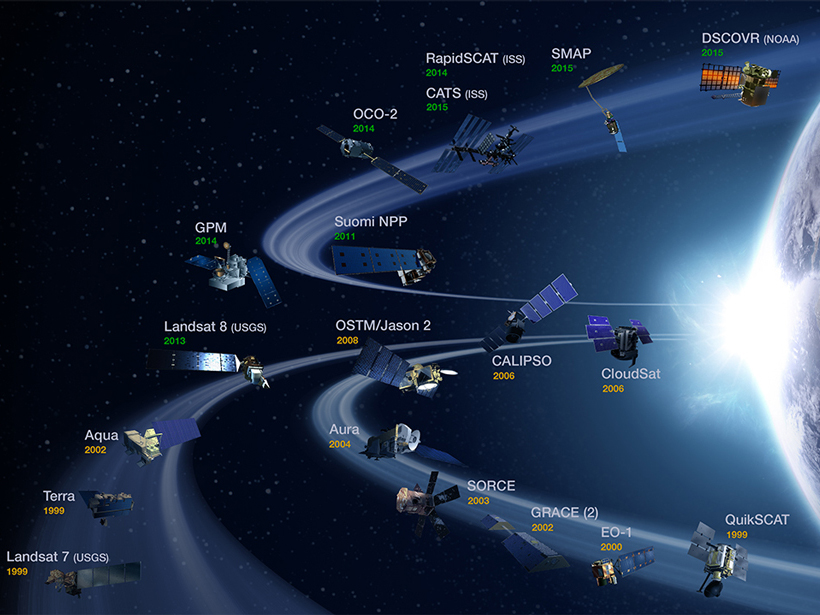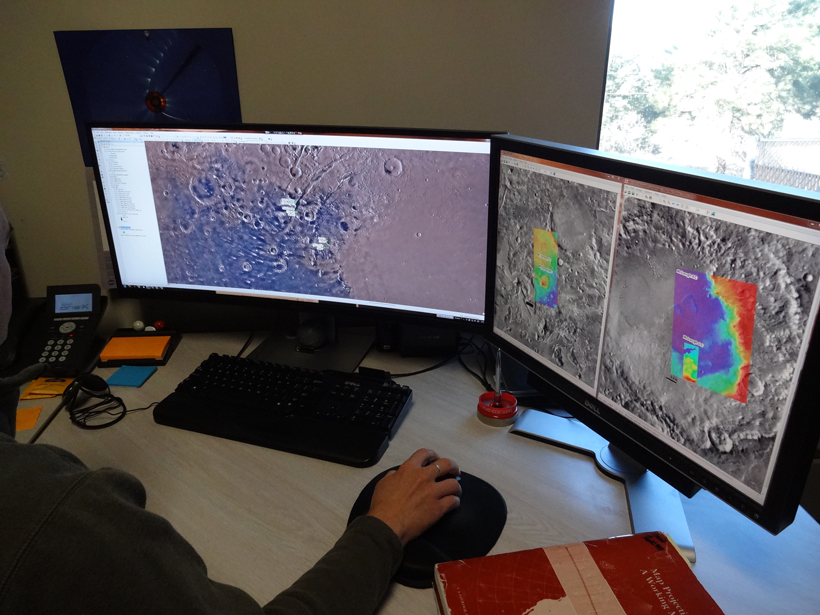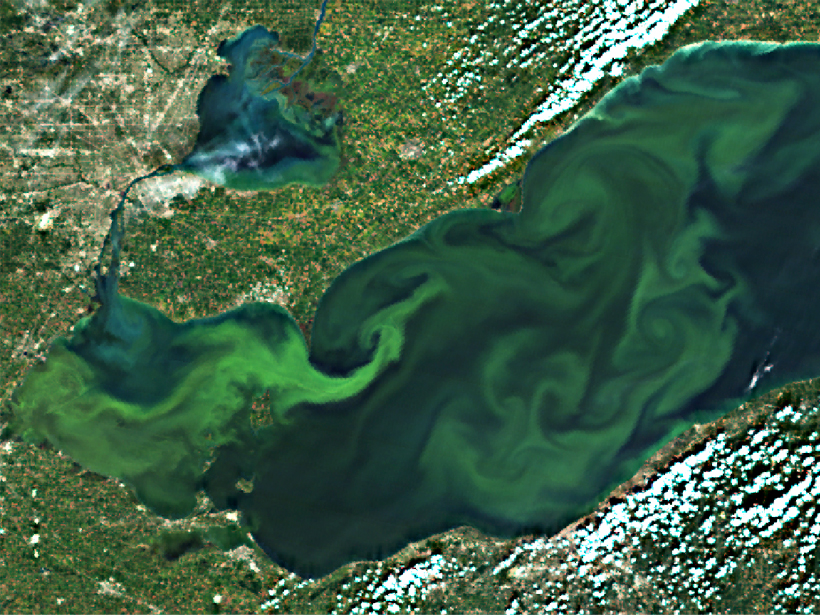Center for Satellite Applications and Research Joint Polar Satellite System Annual Science Team Meeting; College Park, Maryland, 24–28 August 2015
3-Public domain
Comparing Planetary Climates to Investigate Climate Systems
Comparative Climates of Terrestrial Planets II (CCTP2 ): Understanding How Climate Systems Work; Moffett Field, California, 8–11 September 2015
Precipitation Data Key to Food Security and Public Health
2015 Global Precipitation Measurement (GPM) Mission Applications Workshop; Hyattsville, Maryland, 9–10 June 2015
Better Tools to Build Better Climate Models
A Department of Energy collaboration aims to make climate model development faster and more efficient by creating a prototype of a system for testing model components.
Ensuring Coordination Among Regional Climate Science Programs
National Adaptation Forum; St. Louis, Missouri, 12–14 May 2015
Abundance of Satellite Data Presents Opportunity, Challenge
Globalizing Societal Application of Scientific Research and Observations from Remote Sensing: The Path Forward; Tacoma, Washington, 23–25 June 2015
Invest in Scientific Research to Drive Innovation
A U.S. senator from Michigan implores his colleagues to increase funding for scientific research that will transform the economy and enhance competitiveness in the global market.
Status of Tools and Data for Planetary Research
2nd Planetary Data Workshop; Flagstaff, Arizona, 8–11 June 2015
What Is the Anthropocene?
Geologists must consider whether the Anthropocene is a specific segment in the continuum of time or a holistic concept.
Agencies Collaborate, Develop a Cyanobacteria Assessment Network
An integrated, holistic approach to detecting and characterizing cyanobacteria blooms could reduce human health risks and better direct field resources.

